Publications
See a summary of ongoing research projects in addition to recent scientific publications.
Software
Our group believes in virtues of open-source software solutions to meet modern scientific challenges.
SweetSpot
A 3-year astronomical Survey that observed 114 Type Ia Supernovae (SNeIa) using the WIYN High Resolution Infrared Camera at Kitt Peak National Observatory.
STEPUP
The Survey of Transiting Extrasolar Planets at the University of Pittsburgh, using the Allegheny Observatory’s Keeler 16” telescope.
Our Research
We focus on understanding the physics of the dark energy causing the accelerating expansion of the Universe.
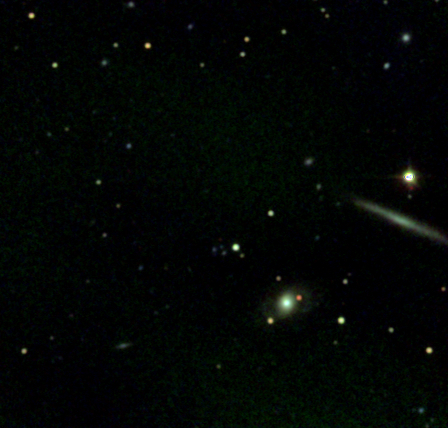
Next generation time-domain astronomy.
The currently most successful probe of the kinematics of the Universe over the past 10 billion years has involved the use of Type Ia supernovae (SNeIa) to measure the evolution of luminosity distance vs. redshift (Riess98, Perlmutter99) to constrain the nature of dark energy through measurements of the equation-of-state parameter of the dark energy, w=P/rho. This is a field where the observations are clearly far out in front of theory and thus call for investigation by multiple pathways to confirm the observational results and explore new areas to provide further guidance for the hope of an eventually theoretical explanation for dark energy that quantitative predicts its observed behavior today.
Current work
Prof. Wood-Vasey is involved in ongoing studies of SNeIa in the near-infrared and in the properties of SN Ia host galaxies to improve our ability to measure distances in the Universe.
Looking toward the future
Prof. Wood-Vasey is leading efforts to maximize the cosmological science from the ~100,000 SNeIa that will be captured by the Vera C. Rubin Observatory Legacy Survey of Space and Time (LSST), which will be the major ground-based optical survey effort in operation during 2025-2035. This work has included playing management and technical roles in the LSST Dark Energy Science Collaboration; building the Pitt-Google Broker, which is one of the approved LSST Community Alert Brokers; improving the calibration of observations through the atmosphere; and working toward better transient and variable discovery through improved image subtraction as part of the Rubin In-Kind Commissioning team.
Supporting the Science
Prof. Wood-Vasey serves as the Vice Chair for the LSST Corporation, which is dedicated to supporting the science and scientists of LSST through private philanthropy.Team Members
Our group is led by Prof. Michael Wood-Vasey and based at the University of Pittsburgh.
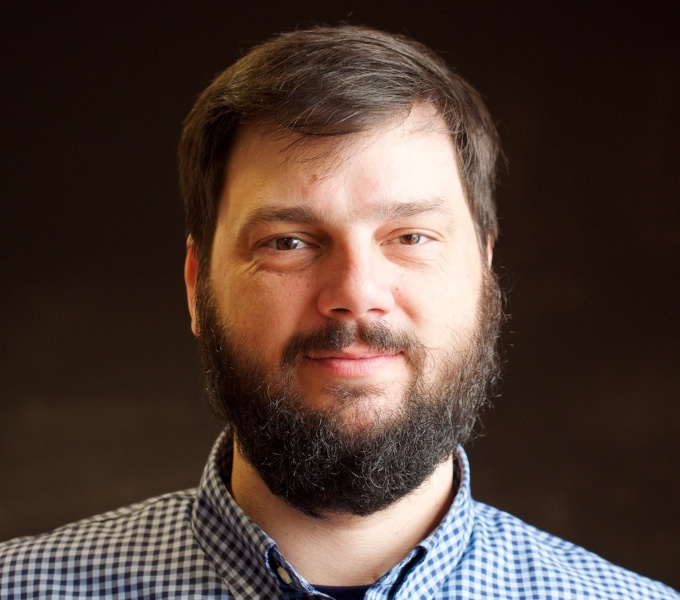
Michael Wood-Vasey
Professor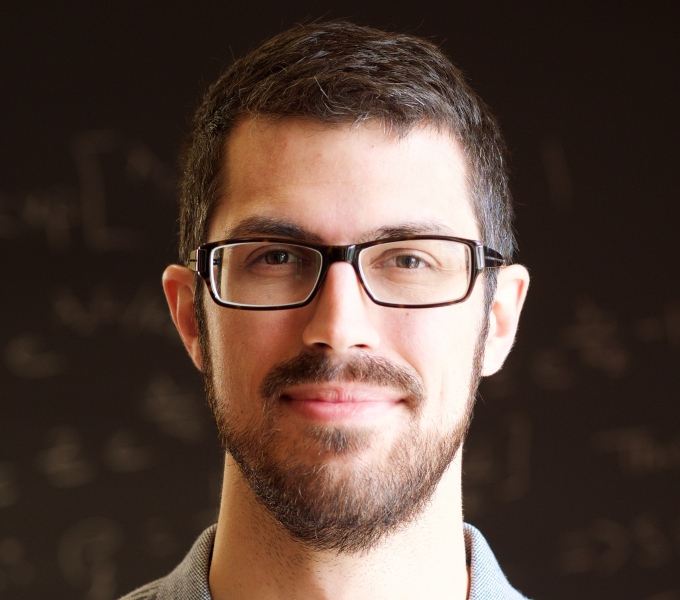
Daniel Perrefort
Research Assistant Professor
Shu Liu
Graduate Student
Jared Hand
Graduate Student
Christopher Hernández
Graduate StudentPast Members
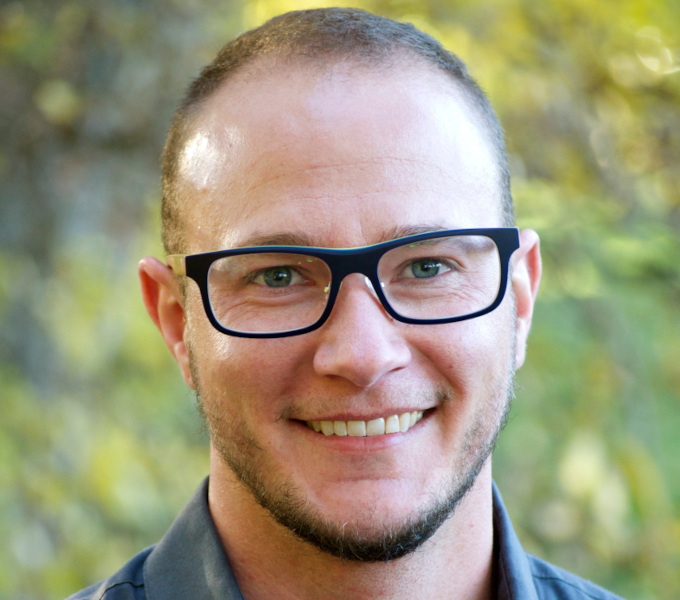
Troy Raen
Previously: Graduate Student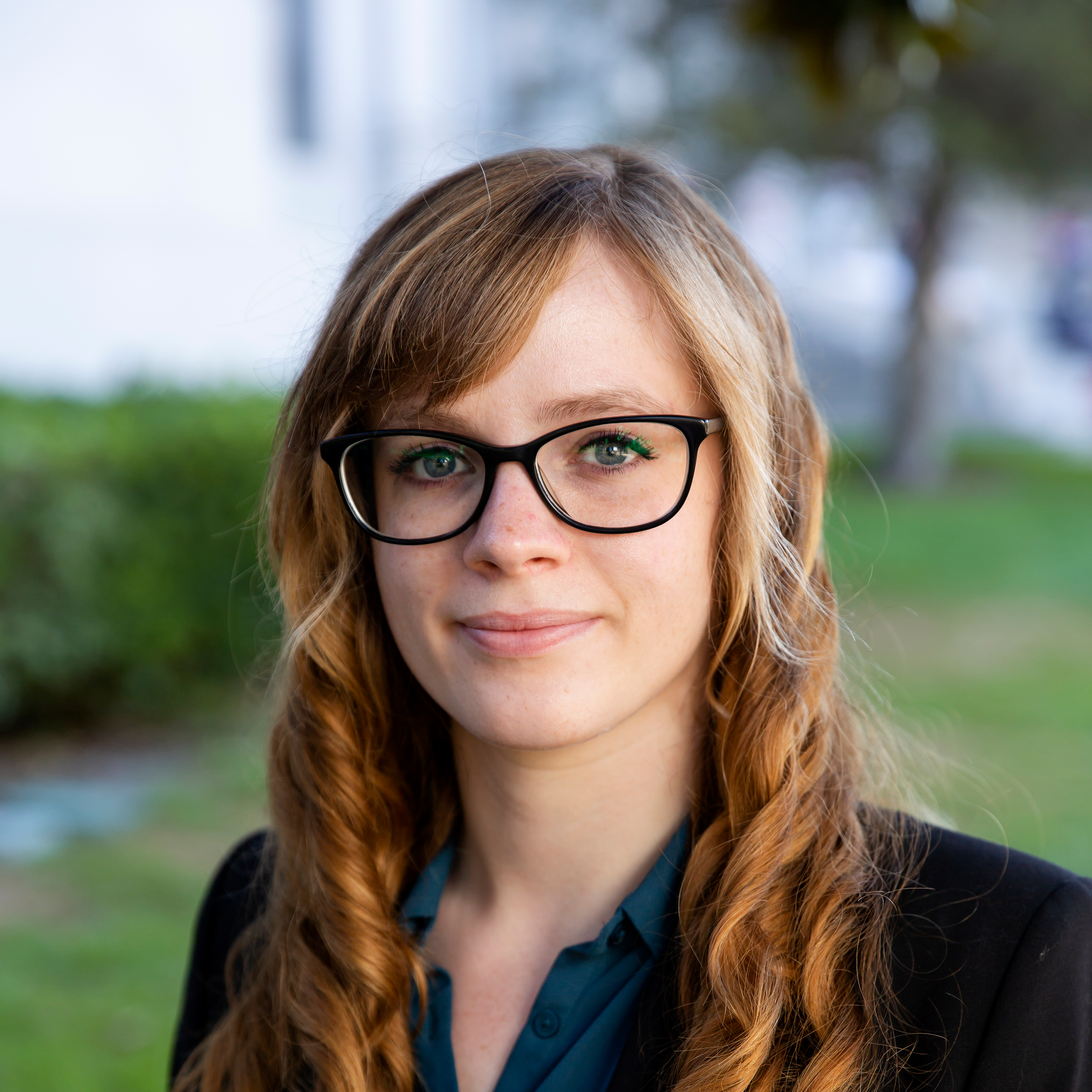
Kara Ponder
Previously: Graduate Student
Lluís Galbany
Previously: PostDoc
